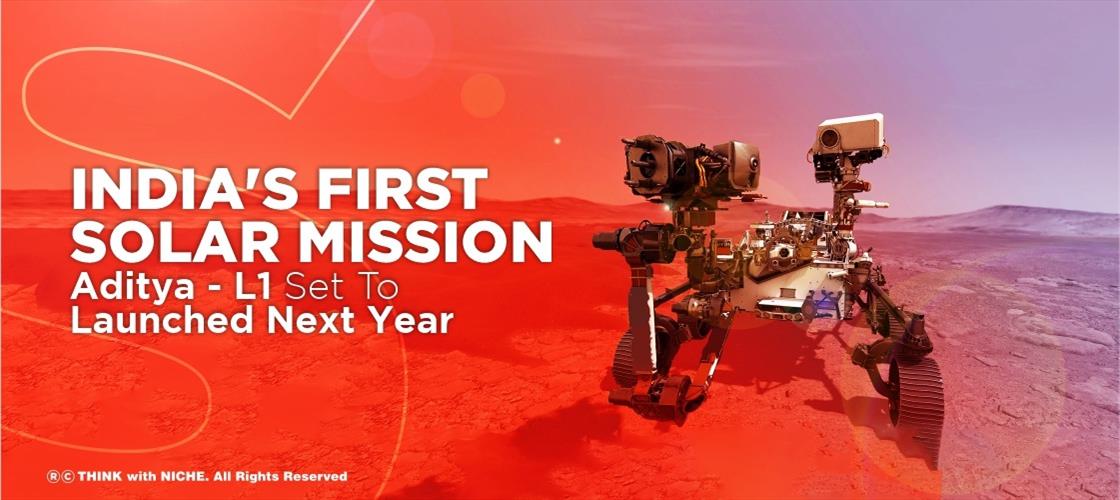India's First Solar Mission Aditya-L1 Set To Launch Next Year

News Synopsis
Latest Updated on 07 February 2023
By June or July of this year, the Indian Space Research Organization plans to launch the Aditya-L1 Mission. The first Indian space mission to study the Sun and the solar corona is called Aditya-L1. Over the course of more than 15 years, scientists at the Indian Institute of Astrophysics, Bengaluru have developed and integrated approximately 40 distinct optical devices for a payload.
The Indian Space Research Organization received one of the most challenging scientific payloads from the IIA team on January 26.
On Friday, January 27, a critical payload that resembles a miniature satellite is being delivered to Bengaluru's UR Rao Satellite Center. If all goes according to plan, the ISRO may launch the mission in June or July, according to The Hindu. There, it would be linked to the entire satellite.
The satellite will be placed in a halo orbit around the Sun-Earth system's first Lagrangian Point instead of the initial 800 km Low Earth Orbit that was planned for the mission, formerly known as Aditya-1 (L1). This was done because from this location the Sun can always be viewed without any occultation or eclipses. The new mission was thus given the designation Aditya-L1.
With 40 different optical elements and an internally-occulted coronagraph, the Aditya-L1 satellite will have the least possible dispersion of the Sun's intense light. Additionally, an ISRO-built mirror that has been very polished will enable the satellite to photograph the Solar Corona as close as 1.05 Ro out from a starting point of 1.05 times the solar radius. This will be the nearest photograph of the solar corona that has been taken by a coronagraph.
One of the most important payloads will now be placed into the Aditya L1 satellite, which will be launched on the organization's venerable PSLV rocket. It weighs 90 kg and is known as the Visual Line Emission Coronagraph.
Last Updated on 18 September 2021
According to ISRO, Aditya L1, India's first solar mission, is expected to launch in the third quarter of 2022. Initially, the project was authorized and the satellite was scheduled to be launched from Sriharikota in 2019-2020. However, that date was pushed back because of the COVID-19 epidemic.
It will assist scientists in studying cosmic sources like pulsars and supernovas and will be launched using a small satellite launch vehicle. The temperature of the Sun's outermost layers, known as the corona, is more than a million degrees Kelvin, which is significantly higher than the solar disc's temperature of about 6000K. Solar physicists are still baffled as to how the corona may reach such extreme temperatures. With Xposat, they will be able to look at how polarized celestial events are. The SSLV, which is still in development, will carry the load of launching it. Additions to Aditya- L1 will allow it to make observations of the chromosphere and photosphere. Particle payloads will investigate the Sun's particle flow when it reaches the L1 orbit, and the magnetometer payload will monitor the fluctuation in magnetic field strength in the L1 halo orbit. These payloads will have to be placed far enough away from the Earth's magnetic field to be of any service in low Earth orbit.
ISRO and numerous Indian research institutes worked together on Aditya-design. L1 mission's spacecraft will be transported 1.5 million kilometers from Earth to L1 Lagrangian, a position between the Earth and the Sun thought to be excellent for studying different phenomena without interference by eclipses. The PSLV-C56 is expected to carry it to orbit.
You May Like









